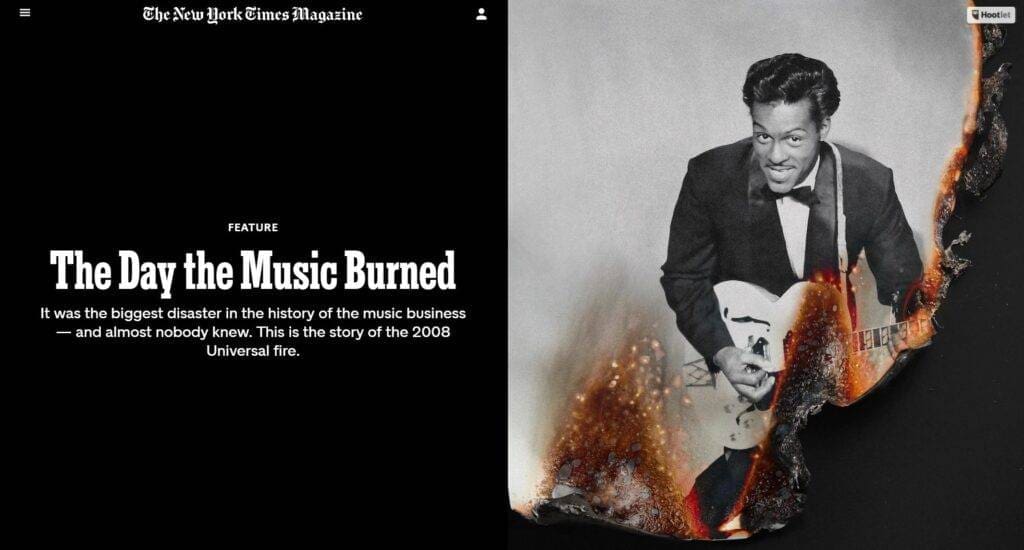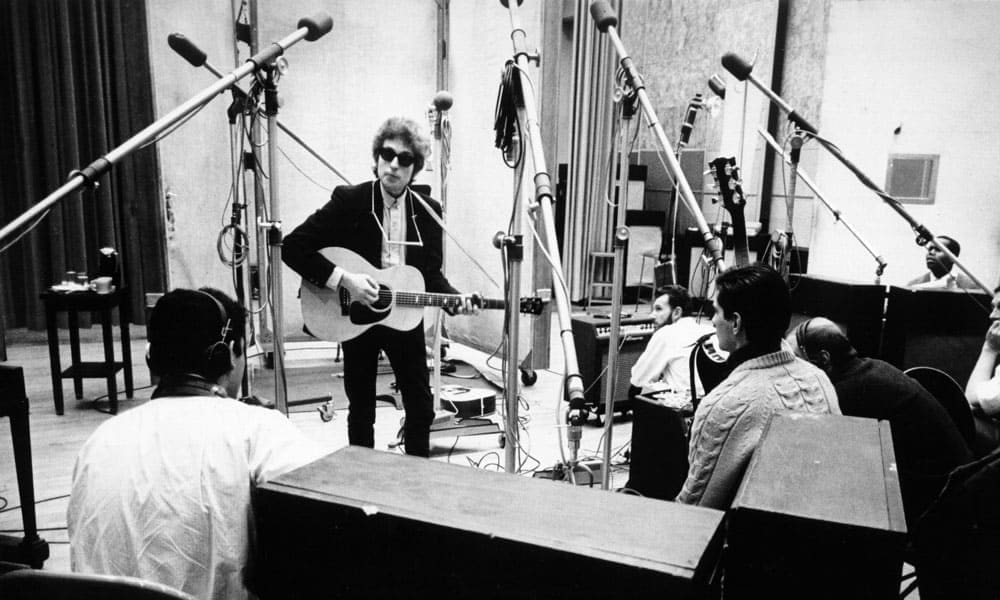The Moment Kurt Cobain Decided to Work with Steve Albini: “This Shall Be Our Snare Sound”


From a young age, Kurt Cobain was captivated by the power of music. Initially drawn to the pop sensibilities of classic rock groups like The Beatles, The Monkees, and Electric Light Orchestra, Cobain began learning simple songs on the piano at age four. However, as he grew older, he started delving into countercultural literature and developed an interest in the guitar.
Cobain’s rebellious nature intensified significantly after his parents divorced when he was nine years old. In school, he frequently found himself in trouble but eventually discovered a sense of belonging when he met Roger “Buzz” Osborne, the future frontman of Melvins, in electronics class. Osborne introduced Cobain to the wonders of punk rock and hardcore music, which had a profound impact on his musical direction.
From that point forward, Cobain immersed himself in heavy guitar music. His first gig was reportedly a 1983 billing with Sammy Hagar and Quarterflash at the Seattle Center Coliseum. By the mid-1980s, Cobain was deeply influenced by contemporary bands like Wipers and Black Flag, as well as legendary bands like Buzzcocks and The Stooges.
One contemporary band Cobain particularly admired was Big Black, the first significant project of legendary audio engineer Steve Albini. Albini founded Big Black in 1981 during his student years and achieved underground success with two studio albums, “Atomizer” and “Songs About Fucking,” before disbanding the group in 1987.
In a past interview with NME, Albini recounted his final live show with Big Black, where he met an enthusiastic pre-fame Cobain. “When my band Big Black did a farewell tour years before the In Utero sessions, the final show was in some industrial space in Seattle. It was in a weird building with a makeshift stage,” Albini said. “It was a cool gig, and at the end, we smashed up all of our gear. I distinctly recall some kid asking me if he could take a piece of my guitar off the stage and me saying, ‘Go ahead, it’s garbage now.’”
After his formative stint with Big Black, Albini embarked on a successful career as a recording engineer and producer, famously working on Pixies’ debut album “Surfer Rosa” and The Breeders’ “Pod.” Throughout the late 1980s and ’90s, Cobain rose to prominence as the frontman of Nirvana, achieving global acclaim in 1991 with “Nevermind.”
While working on the highly anticipated follow-up to “Nevermind,” titled “In Utero,” Cobain aimed to develop Nirvana’s sound with a more dynamic spread of music. To realize this ambitious vision, he sought out Albini. “Kurt was a fan of Albini,” bassist Krist Novoselic once told American Songwriter. “I remember being in a tour van in 1989, and Kurt was listening to Pixies [Surfer Rosa]. He raised his finger and said, ‘This shall be our snare sound!’ He wanted to work with Steve for a long time.”
When listing his fifty favorite albums in the early 1990s, Cobain ranked “Surfer Rosa” second, just behind The Stooges’ “Raw Power.” Influences from both of these seminal classics are evident in “In Utero,” particularly the former, thanks to Albini’s input. “There’s that whole thing where you get famous, and you have to transition into it. It was hard for everyone, but Kurt got all the attention, being up front there,” Novoselic continued, reflecting on the band’s work on their third album. “I don’t comment on the lyrics as they’re open for interpretation, but you can listen and make up your own mind. ‘Radio Friendly Unit Shifter’ was a smart-ass statement that Kurt made and really says it all.”
It was only during the “In Utero” sessions that Albini finally realized who the kid he encountered during his final Big Black show in Seattle was. “Many years later, when we were working on ‘In Utero’ at the studio in Minnesota, Kurt showed me this little piece of this guitar that he had saved,” Albini recalled in his NME interview. “He had brought it with him after all those years. He had been that kid.”
This defining moment in Cobain’s career not only highlights his deep appreciation for Albini’s work but also underscores the significant influence Albini had on shaping the sound of one of Nirvana’s most iconic albums.
Related Articles
The Day the Music Burned
It was the biggest disaster in the history of the music business — and almost nobody knew. This is the story of the 2008 Universal fire.
Chuck Berry, 1958.CreditCreditPhoto Illustration by Sean Freeman & Eve Steben for The New York Times. Source Photograph: Michael Ochs Archives/Getty Images.
70 Canadian Singers and Bands Who Made It Big in America
Canada is associated with ice hockey, unwavering politeness, and great popular musicians. This is a list to celebrate our fellow Canuk singers and bands who…
15 Best Singers of All Time Some Rock Some NOT
In this article, we embark on a journey to celebrate the timeless talents that have graced the stage and recording studios, revealing the definitive list of the Top 15 Best Singers of All Time.
Six of Kurt Cobain’s favorite guitarists of all time
Six of Kurt Cobain’s favorite guitarists of all time






Responses